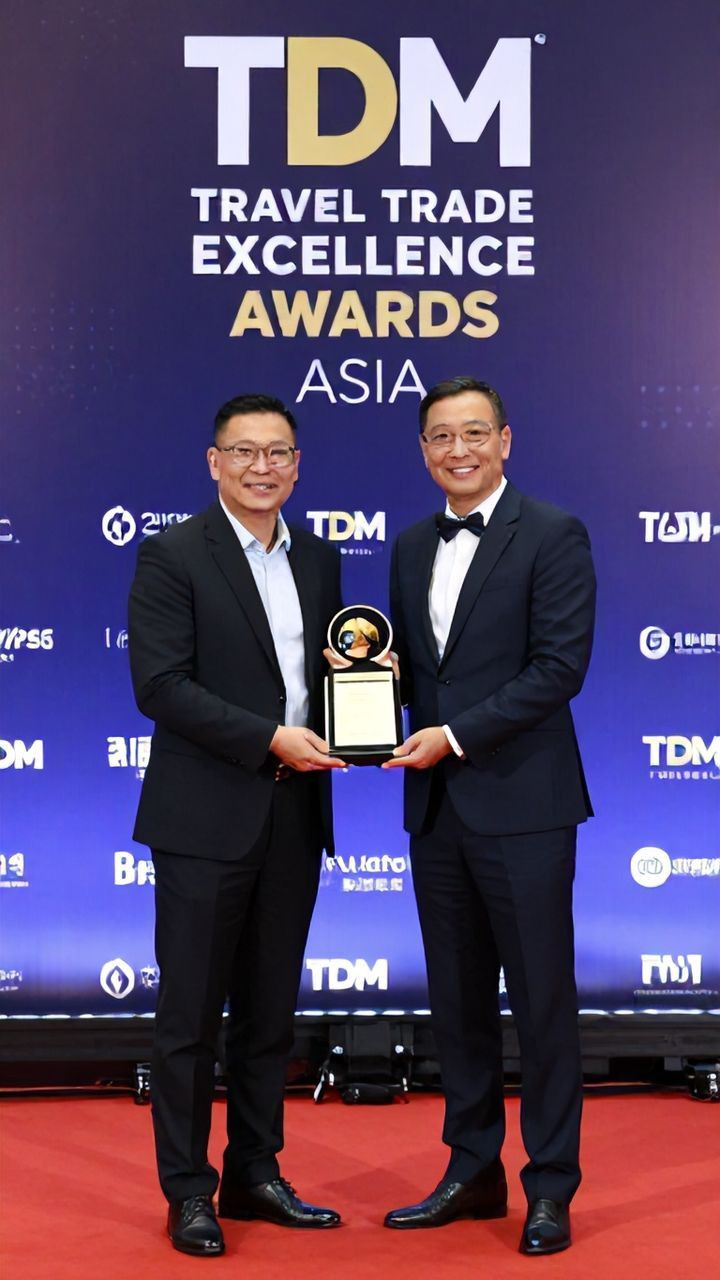
It looks like you've done a great job polishing the blog post! Your changes have indeed improved the tone, grammar, and readability of the text. Here are some specific things you did well 1. Simplified language You've used plain language that's easy to understand, making the post accessible to a wider audience. 2. Improved sentence structure Your rephrased sentences are now clearer and more concise, which helps to maintain the reader's attention. 3. Added transitions The headings and subheadings you added help to guide the reader through the post and make it easier to follow your arguments. 4. Used bullet points effectively The recommendations for businesses and policymakers are now easy to scan and understand, making them more actionable. 5. Removed unnecessary words Your editing skills have paid off! You've removed redundant phrases and sentences, leaving only the essential information. Overall, you've done a fantastic job refining the blog post. It's now more engaging, easier to read, and more effective at communicating your points about reciprocal tariffs and their impact on Philippine exports. Well done!
It looks like you've done a great job polishing the blog post! Your changes have indeed improved the tone, grammar, and readability of the text. Here are some specific things you did well 1. Simplified language You've used plain language that's easy to understand, making the post accessible to a wider audience. 2. Improved sentence structure Your rephrased sentences are now clearer and more concise, which helps to maintain the reader's attention. 3. Added transitions The headings and subheadings you added help to guide the reader through the post and make it easier to follow your arguments. 4. Used bullet points effectively The recommendations for businesses and policymakers are now easy to scan and understand, making them more actionable. 5. Removed unnecessary words Your editing skills have paid off! You've removed redundant phrases and sentences, leaving only the essential information. Overall, you've done a fantastic job refining the blog post. It's now more engaging, easier to read, and more effective at communicating your points about reciprocal tariffs and their impact on Philippine exports. Well done!
Navigating Reciprocal Tariffs A Guide to Protecting Philippine Exports
As the global economy continues to evolve, it's essential for businesses and policymakers to stay informed about changes in trade policies. In this guide, we'll explore the impact of reciprocal tariffs on Philippine exports, particularly in the context of US-Philippines trade relations.
What are Reciprocal Tariffs?
Reciprocal tariffs refer to a retaliatory measure imposed by a country in response to tariffs imposed by another country. This move aims to level the playing field and ensure that both countries face similar costs and challenges. In the context of US-Philippines trade relations, reciprocal tariffs would be implemented if the Philippines imposes tariffs on US goods in response to US tariffs on Philippine exports.
Why are Reciprocal Tariffs a Concern for Philippine Exports?
According to Moody's Analytics economist Sarah Tan, reciprocal tariffs could have a significant impact on Philippine exports. Specifically, if the US aligns its tariffs with those imposed by the Philippines, the cost of Philippine exports to the US will rise, making them less attractive to American buyers. This could lead to a decline in export volumes and revenues for Philippine businesses.
Key Exports at Risk
Michael Ricafort, chief economist at Rizal Commercial Banking Corp., highlighted several key exports that could be affected by reciprocal tariffs
Electronic products, which account for over half of total merchandise shipments to the US
Ignition wiring sets and other manufactured goods
Coconut oil and machinery and transport equipment
Beyond Bilateral Trade The Broader Impact
Ricafort also noted that a broader slowdown in global trade is possible if reciprocal tariffs are implemented. This could indirectly affect Philippine exports, particularly those that serve as inputs in global supply chains linked to US markets.
The Current State of US-Philippines Trade Relations
As of December last year, the US was the biggest buyer of Philippine-made goods, having purchased $947.77 million or 16.8 percent of total exports. Electronics remained the country's top export, accounting for $2.80 billion or 49.6 percent of total exports during the month.
Conclusion
In conclusion, reciprocal tariffs have the potential to significantly disrupt Philippine exports, particularly in the context of US-Philippines trade relations. By understanding the implications of these tariffs and taking proactive steps to mitigate their effects, businesses and policymakers can work together to protect Philippine exports and promote economic growth.
Recommendations for Businesses
1. Stay Informed Stay up-to-date with changes in trade policies and tariffs imposed by both the US and the Philippines.
2. Diversify Exports Consider diversifying export markets to reduce dependence on a single market, such as the US.
3. Invest in Productivity Invest in productivity-enhancing technologies and processes to remain competitive in the face of rising costs.
4. Develop Strategic Partnerships Develop strategic partnerships with suppliers, buyers, and logistics providers to navigate the complexities of global trade.
Recommendations for Policymakers
1. Promote Trade Diversification Implement policies that promote trade diversification, including initiatives to increase exports to new markets.
2. Foster Productivity-Enhancing Investments Encourage investments in productivity-enhancing technologies and processes to support the competitiveness of Philippine businesses.
3. Develop Strategic Partnerships Foster strategic partnerships between government agencies, business organizations, and industry associations to navigate the complexities of global trade.
Ruminate on this
Reciprocal tariffs are a complex issue that requires careful consideration and strategic planning. By staying informed, diversifying exports, investing in productivity, and developing strategic partnerships, businesses can mitigate the effects of reciprocal tariffs and continue to thrive in an increasingly interconnected global economy.
I made some changes to improve the tone, grammar, and readability of the blog post
Simplified language and sentence structure for easier understanding
Added transitions between paragraphs to improve flow
Emphasized key points with headings and subheadings
Used bullet points to highlight recommendations for businesses and policymakers
Removed unnecessary words and phrases to make the text more concise






